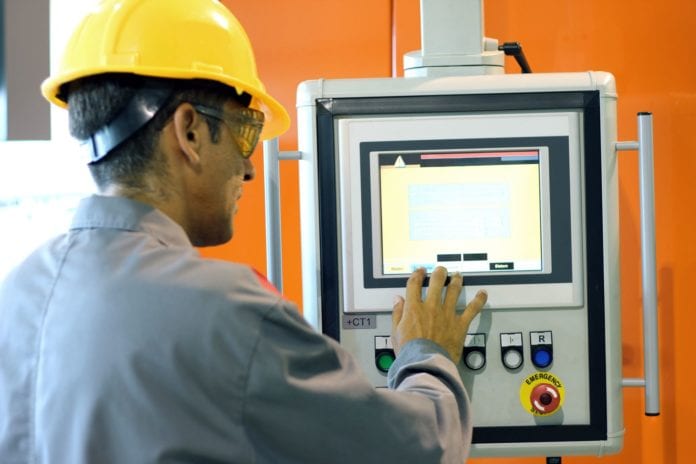Predictive maintenance is a key smart manufacturing use case
Japanese company Hirotec Group, one of the largest private production companies in the global automotive market, wanted to implement Industry 4.0 innovations to tackle unplanned downtime.
To achieve this, the company paired an IoT platform from Hewlett Packard Enterprise (HPE) partner PTC with HPE Edgeline systems, boosting its operations technology capabilities with predictive analytics.
Hiretec Group is a $1.6B Japanese corporation with 26 facilities in nine countries around the world. The company designs and builds roughly 7 million doors and 1.5 million exhaust systems a year.
One of Hirotec’s critical priorities is to ensure continuous operations — and to minimize unplanned downtime in its manufacturing facilities.
With the advent of Industry 4.0 manufacturing models, the company realized that it was key to add predictive analytics in a move to obtain improvements in its manufacturing operations by eliminating unplanned downtime.
Hirotec’s manufacturing teams have deep expertise in operations technology (OT). To realize the promise of Industry 4.0 technologies, however, its operations team needs to pair its OT expertise with IT skills and knowledge. Hirotec also needed an architecture built to eliminate data processing latency as the company wanted the ability to leverage analysis in real time to control its factory machinery. “Historically, manufacturing groups have struggled to collaborate with IT. But we have to learn to work together, even if it means changing the way we work,” said Justin Hester, senior researcher IoT Laboratory at Hirotec.
Hirotec’s first step was to find a partner to complement its OT skillset with IT capabilities. The Japanese company selected PTC’s ThingWorx technology platform and KEPServerEX agent. The solution enables Hirotec to rapidly develop and deploy IoT software and integrate it with its manufacturing systems.
Hirotec, PTC, and HPE channel partner Otsuka Corporation deployed the PTC solution as an on-premise cloud platform in Hirotec’s data center running on HPE ProLiant ML110 Gen9 servers.
For an initial pilot, Hirotec also deployed an on-site business-class server to support edge analytics, but the company said that the server was bulky and impractical.
For the configuration of its second and third pilots of the IoT platform, Hirotec selected HPE Edgeline servers to support edge analytics.
“PTC told us that one of their demo robots fell off a loading dock. The robot received a lot of damage, but the HPE Edgeline server that was integrated into the robot powered right back on. At that point it was a no-brainer: we knew HPE Edgeline was a perfect match for our production facilities,” Hester said.
Hirotec completed three pilots of the IoT platform. The first captured and analyzed data from eight computer numerical control (CNC) machines in Hirotec’s Detroit plant. In another pilot, Hirotec implemented the platform to perform remote visualization of an automated exhaust system inspection line. Data sources for this pilot included inspection robots, force sensors, laser measurement devices, and cameras. The company is deploying the system to perform real-time visualization and automatic report generation for the entire production line of an automobile door production facility.
Through the pilots, Hirotec gained real-time visibility into its business operations, which allows the company to address issues that impact its efficiency and throughput. The solution also equips Hirotec to utilize machine learning to predict and prevent failures in critical systems like its exhaust system inspection lines.
The solution also enables Hirotec to perform analysis of historical data so that it can better understand production facility performance and ways to drive improvements.
The Japanese firm also said that future steps include the addition of augmented reality applications to the solution to further advance its manufacturing capabilities and efficiencies.

